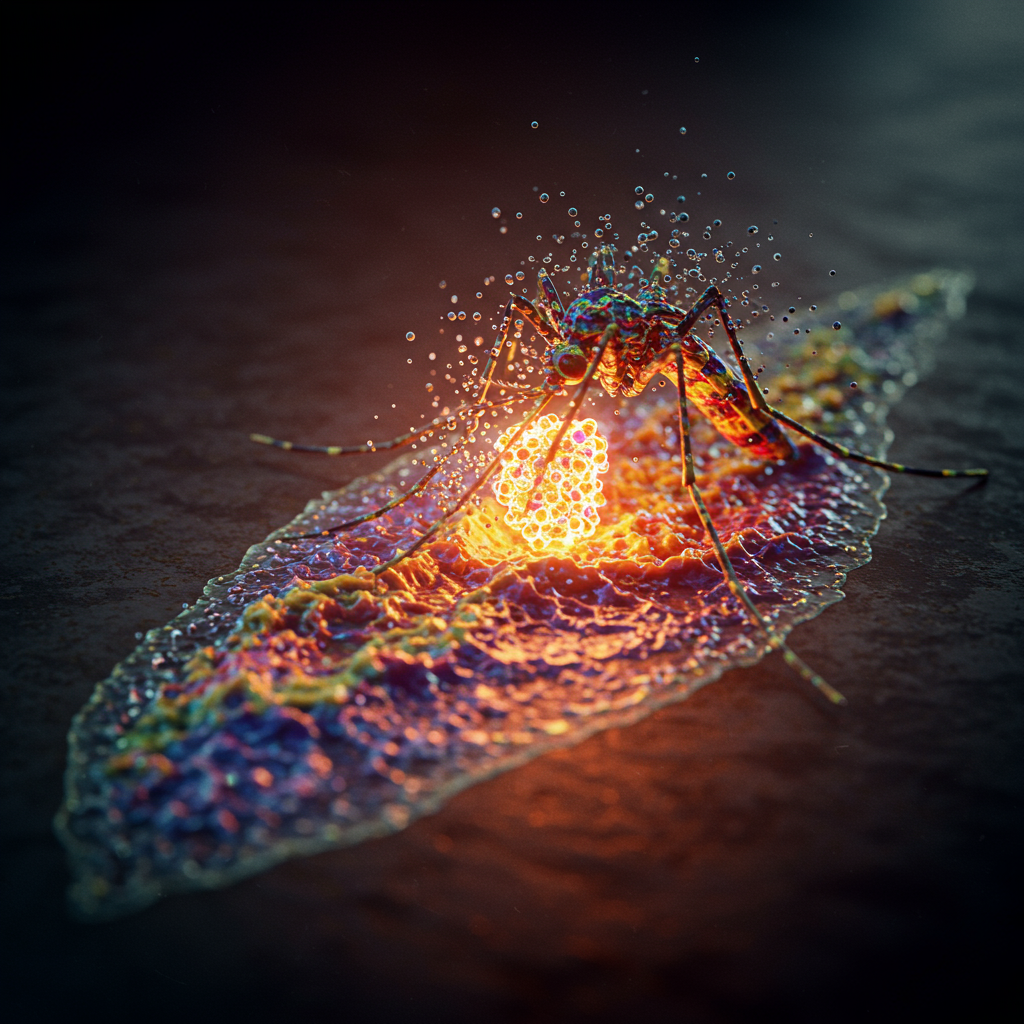A Father’s Unexpected Health Journey: From Routine Screening to Life-Saving Transplant
Curtis Jackson, a 46-year-old father of three, felt completely healthy and in excellent shape in late 2020. Looking to secure his family’s future, he decided to update his life insurance policy. This simple administrative step required an intensive physical, setting off a chain of events that would reveal a rare and deadly illness he never knew he had.
During the life insurance physical, Jackson underwent extensive blood work. While he felt fit, the results were bafflingly abnormal, particularly his liver numbers. He was told they resembled those of “a functioning alcoholic,” a stark contrast to his truthful declaration that he did not drink alcohol. This unexpected discrepancy served as a critical early warning sign.
Alarmed, Jackson sought further medical evaluation from his primary care physician. More tests were ordered, and initial suspicions pointed towards a problem with his gallbladder. He underwent surgery to have his gallbladder removed, but during the procedure, doctors made a surprising discovery: Curtis had a rare condition called Primary Sclerosing Cholangitis (PSC).
Understanding PSC and the Link to Cancer
Primary Sclerosing Cholangitis is a chronic, progressive disease characterized by inflammation and scarring of the bile ducts. These ducts are crucial for transporting bile from the liver to the small intestine. As PSC advances, the damage to the bile ducts can lead to severe liver problems and ultimately requires a liver transplant.
Importantly, PSC also significantly increases the risk of developing a particularly aggressive form of cancer known as cholangiocarcinoma, or bile duct cancer. According to medical experts, approximately 20% of individuals diagnosed with PSC will eventually develop cholangiocarcinoma.
Given this heightened risk, Jackson began undergoing regular, rigorous monitoring at the Mayo Clinic in Arizona. This included semi-annual MRIs specifically aimed at detecting any signs of cancer early, alongside routine tests to track the progression of his PSC.
A Second Unexpected Diagnosis
The monitoring continued for several years. In October 2024, a routine scoping procedure during a check-up took an unsettling turn. The technician performing the scope seemed unusually concerned, hinting at a serious issue without explicitly stating it was cancer. Although Jackson still felt healthy, the technician’s reaction fueled significant worry.
Three weeks later, the dreaded news arrived: the tests confirmed Jackson had developed cholangiocarcinoma. The diagnosis was devastating, mirroring the shock of his initial PSC discovery – feeling well, yet receiving news of a potentially deadly condition. As Jackson put it, “I was feeling fine… and both times netted a result of something pretty serious.”
Cholangiocarcinoma: A “Silent Killer”
Cholangiocarcinoma is a rare and often aggressive cancer. Dr. Tanios Bekaii-Saab, Jackson’s oncologist at the Mayo Clinic, describes it as a “silent killer” because it frequently spreads to other organs before symptoms become apparent. This often leads to diagnosis at a late stage when curative treatment is no longer possible.
affecting only about 1 in 100,000 people in the U.S. While not all cases are linked to PSC, experts note a concerning trend: diagnoses have increased by over 50% in the past decade. The prognosis is grim, with fewer than 10% of diagnosed patients surviving for five years or more.
The most effective treatment for cholangiocarcinoma is a liver transplant, but this is only an option if the cancer is detected early, before it has metastasized. Sadly, many patients are diagnosed too late to be candidates for transplant surgery.
Early Detection Makes the Difference
Fortunately for Curtis Jackson, his case was caught early, directly thanks to the routine monitoring put in place due to his PSC diagnosis. This early detection was critical and made him a candidate for a life-saving liver transplant.
Before the transplant, Jackson underwent three weeks of intensive chemotherapy and radiation therapy at the Mayo Clinic to target and reduce the cancer cells. He vividly describes the commitment required, often working from the clinic’s parking lot before heading in for treatment sessions. Despite the demanding treatment, which caused him to lose about 30 pounds, Jackson remained remarkably optimistic.
His resilience was met with a stroke of incredible luck and timing: in the midst of treatment and a planned kitchen renovation at home, the family received the call that a matching liver was available. On March 6, 2025, he underwent the four-hour transplant surgery.
Recovery and a New Purpose
Just six days after the operation, Jackson was released from the hospital. Post-surgery testing confirmed the best possible outcome: he was cancer-free. His journey to recovery will involve close medical oversight for the rest of his life, including weekly blood tests and monthly check-ups for the first year to ensure the transplanted liver is functioning well and to monitor for any recurrence of the cancer.
Life is steadily returning to normal for the Jackson family. While still needing to avoid lifting heavy objects and experiencing occasional fatigue with activities like climbing stairs, Curtis has regained much of the weight he lost and feels his energy levels are nearing their pre-diagnosis state. “Things are definitely getting back to normal,” he shared optimistically. “I am just so thankful that I was able to bounce back so quickly.”
With their kitchen renovation nearing completion and travel plans on the horizon, the Jacksons are focusing on family and enjoying life. Curtis’s experience has ignited a powerful new passion: advocating for organ transplant and donation. Recognizing that a generous donation saved his life, he is now dedicated to raising awareness about the importance of organ donation, hoping to help others facing similar medical crises. His journey underscores the profound impact routine screenings and organ donation can have in the fight against rare and deadly diseases.



